Retail & Consumer Experience
Our retail designers and strategists deliver seamless, connected shopping experiences across platforms and maximize engagement between brands and customers. Through our total retail service, we refresh offerings and experiences as market demands evolve.
“
Understanding customer relationships and delivering value for their time is crucial. As an industry, it is vital to remember our core purpose: creating the best possible solutions for both consumers and brands.
—Kathleen Allen, Strategy director
27 Items
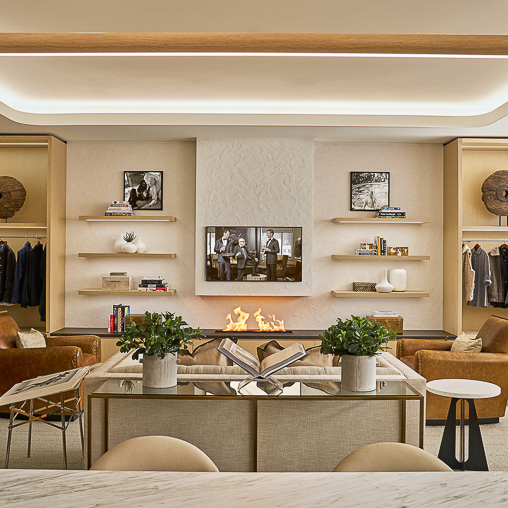
Wilkes Bashford Flagship Store
Palo Alto, California
Wilkes Bashford is a new flagship store at the Stanford Shopping Center in Silicon Valley that seamlessly fuses luxury, warmth, and personalized service.
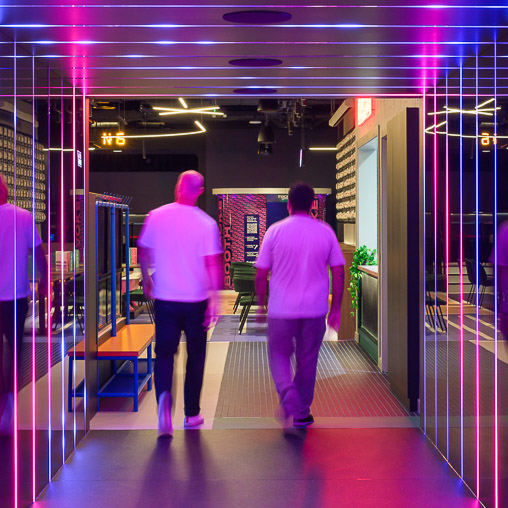
TOCA Social Birmingham
Birmingham, United Kingdom
TOCA Social Birmingham transforms the Bullring into a dynamic hub of immersive football themed entertainment, fostering connection and revitalising the city.
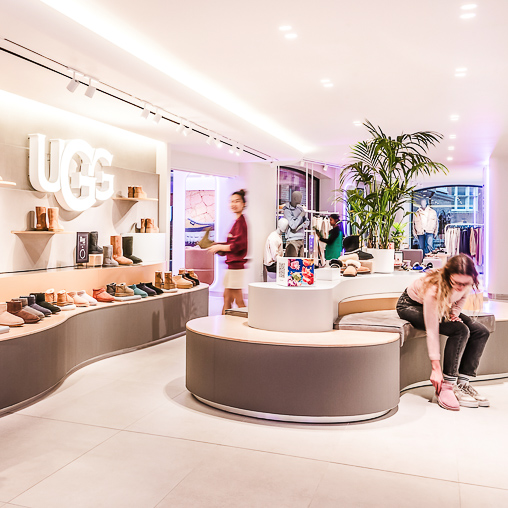
UGG Knightsbridge
London, United Kingdom
Gensler collaborated with UGG to design their new flagship store in Knightsbridge, London, enhancing their image as a global fashion lifestyle brand with pur...
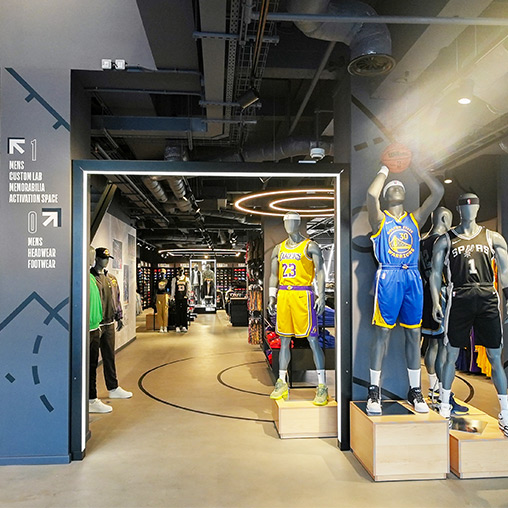
NBA Store London
London, United Kingdom
The new NBA flagship store on Oxford Street features interactive retail and community space that creates an experience and enhances NBA’s fandom.
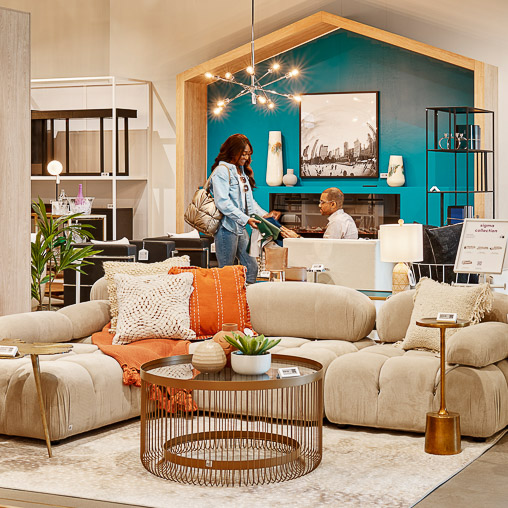
Wayfair
Wilmette, Illinois
Wayfair’s first large-format store offers an immersive shopping experience that sets a new standard for retail experiences and makes customers feel at home.
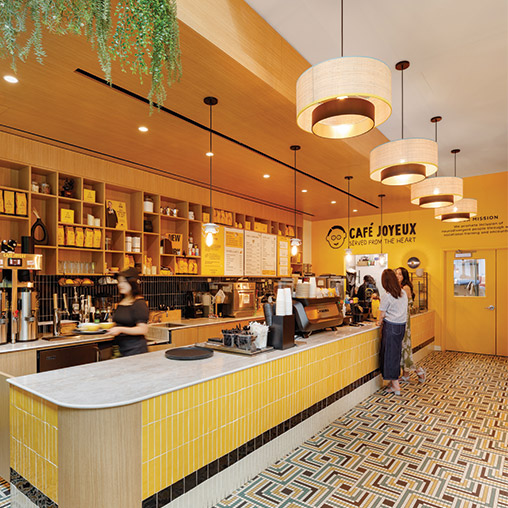
Café Joyeux
New York, New York
Café Joyeux is a not-for-profit inclusive café that employs and trains people with disabilities where vibrant design meets accessible, functional space.

Cosmic Bliss
Portland, Oregon
The design team worked closely with Cosmic Bliss to create their first brick-and-mortar and flagship scoop shop in Portland’s Pearl District.
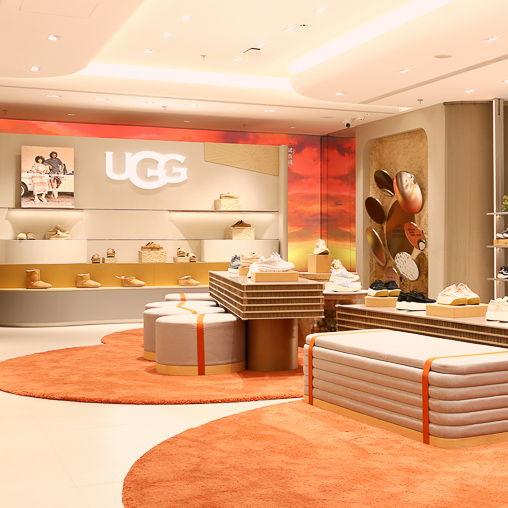
UGG Xintiandi Flagship Store
Shanghai, China
The new UGG Xintiandi flagship in Shanghai, designed by Gensler and Deckers, is an immersive experience retail space centered on community and brand building.
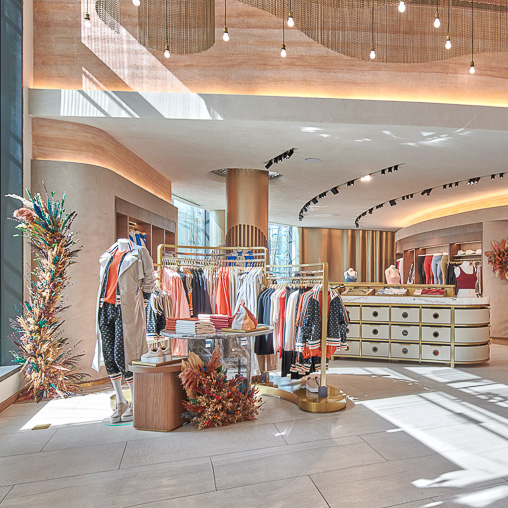
Kayanee
Riyadh, Saudi Arabia
Kayanee, a pioneering fitness and sports lifestyle brand focused on women’s health, has launched a visionary flagship concept store and studio in Riyadh.
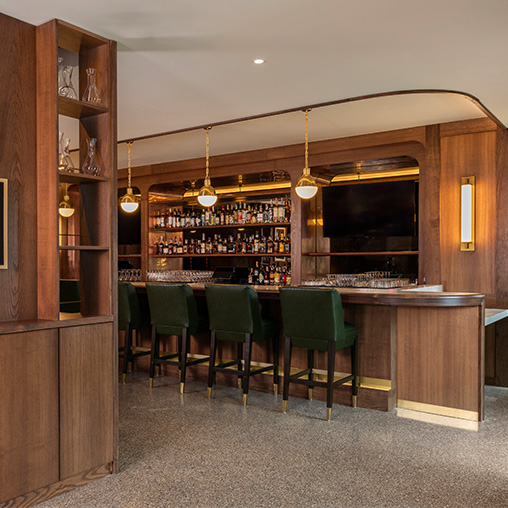
Bar Bludorn
Houston, Texas
The team behind Bar Bludorn partnered with Gensler to design a 5,000-square-foot, sophisticated yet approachable space.
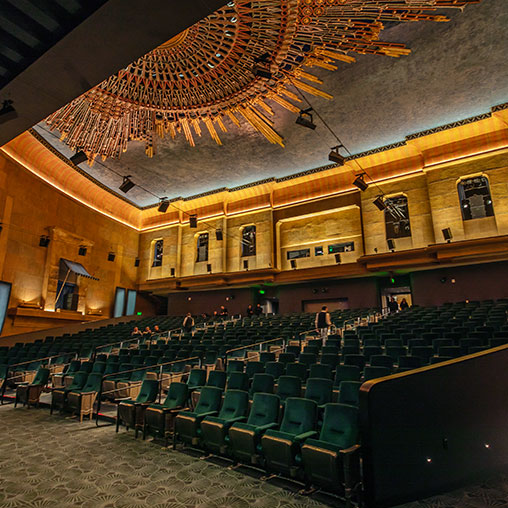
The Egyptian Theatre
Hollywood, California
Gensler collaborated with Netflix to redesign the architectural interiors, signage and wayfinding, and narrative storytelling exhibit of The Egyptian Theatre.

Cadillac City, Zurich
Zurich, Switzerland
Cadillac launched its new all-EV range into the European market with its first experience center and family-friendly community space in Zurich.
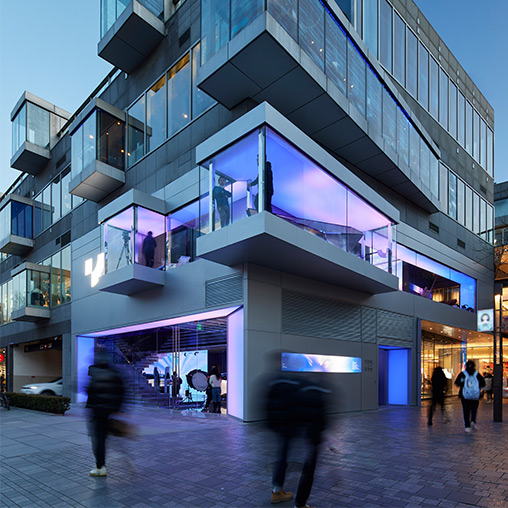
Jidu Experience Center
Beijing, China
Jidu Experience Center at Taikoo Li Sanlitun is a next generation brand experience center for the intelligent car 3.0 era.
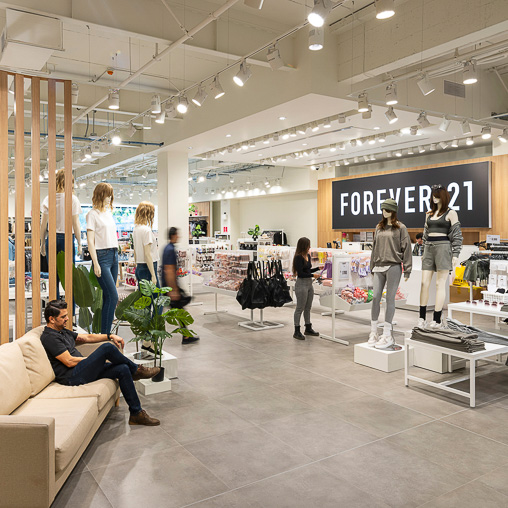
Forever 21 Flagship Store
Escazú, San José, Costa Rica
Gensler brought to life Forever 21’s flagship store in Costa Rica which strengthens its connection to customers through a simple yet elegant store design.
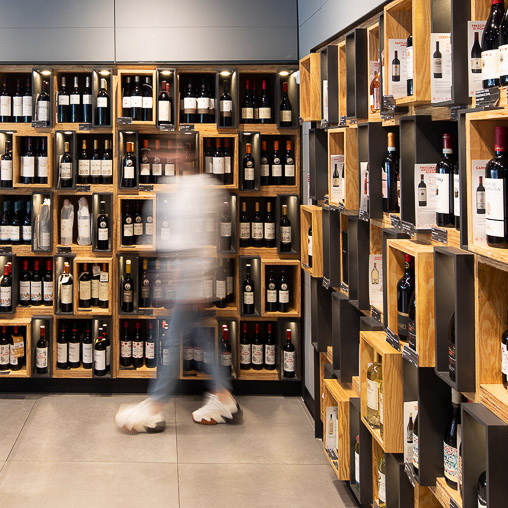
Bottega Nunciatura
San José, Costa Rica
Gensler assisted the client in creating the new concept for Bottega Nunciatura, a satellite store focused on importing select gourmet products and wines.
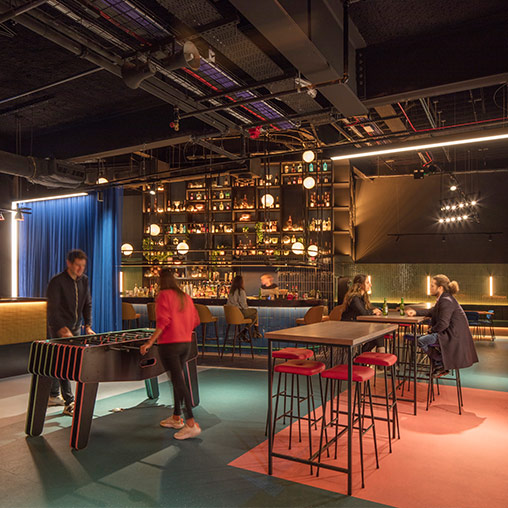
TOCA Social
London, United Kingdom
Gensler partnered with TOCA Social to create a new and exciting leisure and hospitality destination centered around the globally adored phenomena — football.
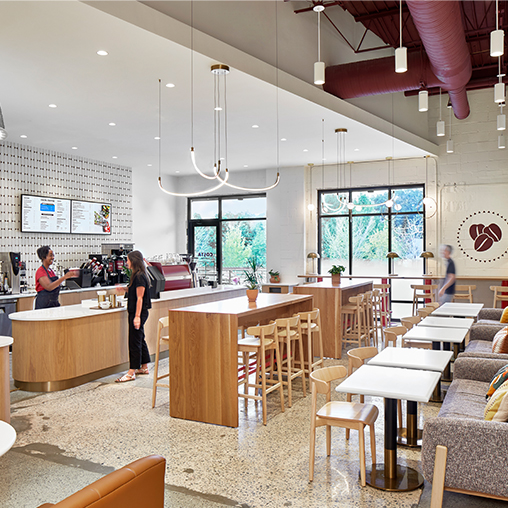
Costa Coffee
Multiple U.S. Locations
Costa Coffee, a renowned British coffeehouse chain, embarked on a venture to further its brand through Costa Coffee stores tailored to American audiences.
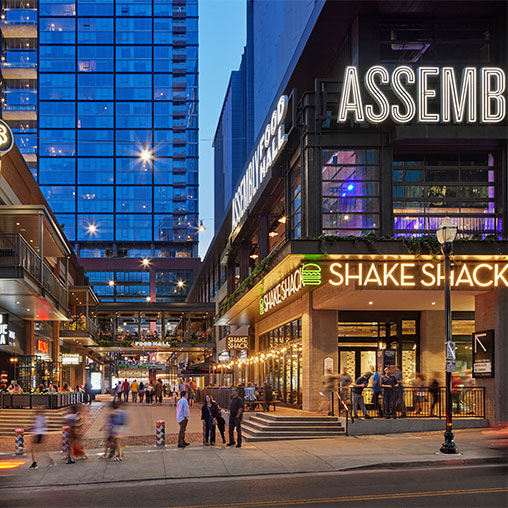
Assembly Food Hall
Nashville, Tennessee
Nashville’s new mixed-use district, Fifth + Broadway, boasts a dynamic food hall designed by Gensler that showcases the diverse local culinary scene plus performances from top local and global talent.
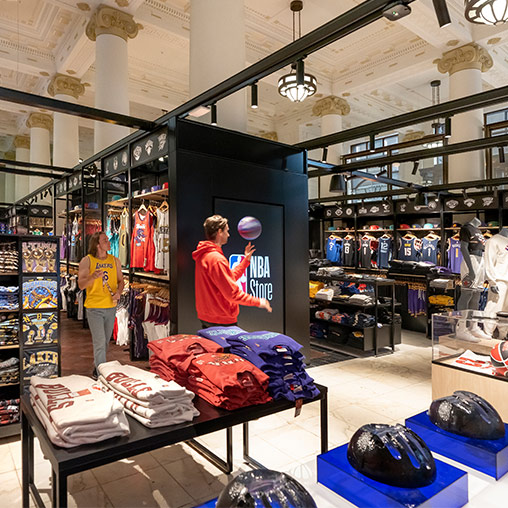
NBA Store Sydney
Sydney, Australia
Gensler worked with Lids to design the Sydney flagship NBA store at 5 Martin Place, one of Sydney’s most iconic heritage sandstone buildings.
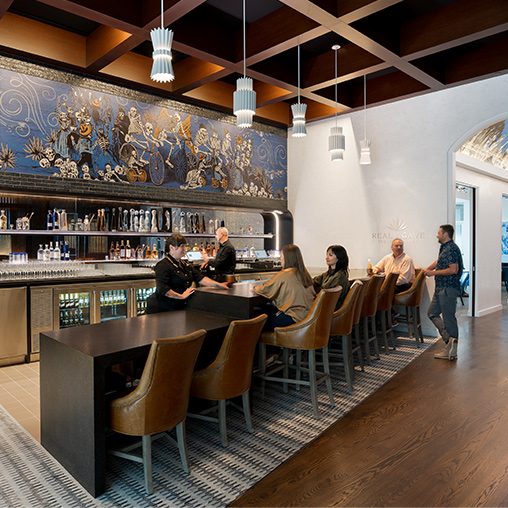
Real Agave
Houston, Texas
Real Agave is a sophisticated new tequila lounge in Downtown Houston that brings an unexpected and attractive upgrade to a traditional Class A office building.
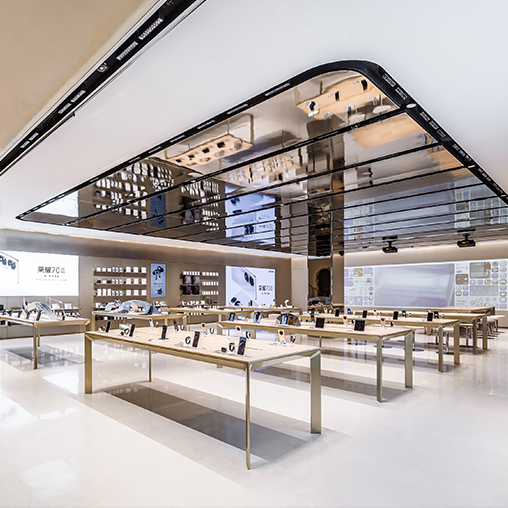
Honor Life Store
Taiyuan, China
Gensler collaborated with Honor, one of the largest smartphone brands in China, to create a new experiential retail format designed to show off the lifestyle possibilities of the wide breadth of Honor’s technology products.
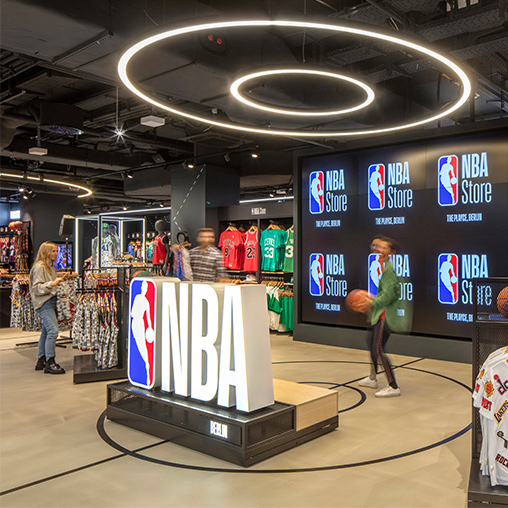
NBA Store Berlin
Berlin, Germany
Designed by Gensler, the NBA Store Berlin strengthens the fandom and brand presence of the National Basketball Association in Europe, acting as a gathering hub for fans outside of the U.S.
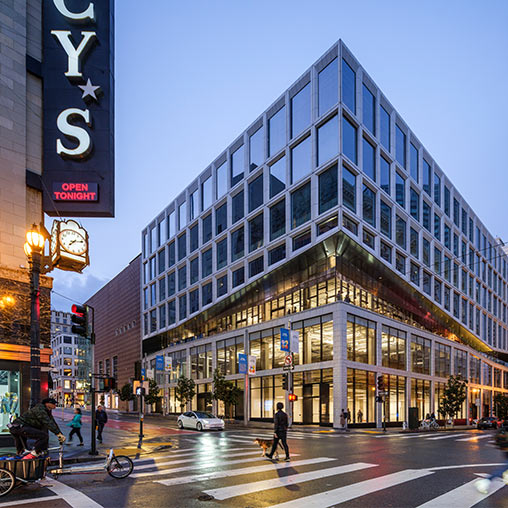
100 Stockton
San Francisco, California
100 Stockton Street is a repositioning project of the former Macy’s Men’s Store, located steps from the iconic Union Square in San Francisco.
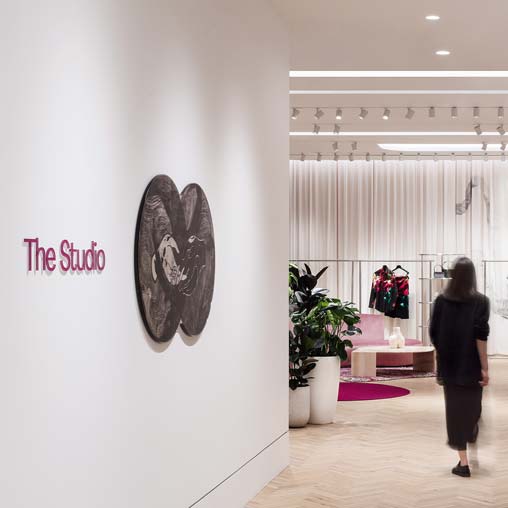
Holt Renfrew The Studio
Toronto, Ontario
Gensler transformed a corner of the Holt Renfrew retail space into an oasis of escapism with an immersive fitting room experience and space for the store’s stylists to create social media content.
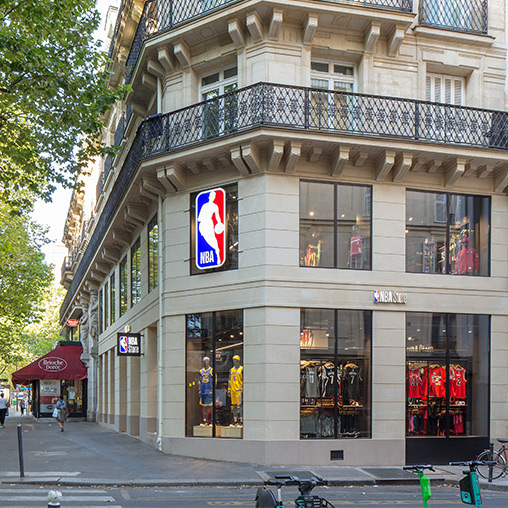
NBA Store Paris
Paris, France
Gensler’s Retail design team worked with Lids to design the new NBA (National Basketball Association) flagship store in Paris, situated within a historic building in Paris’ Latin Quarter.
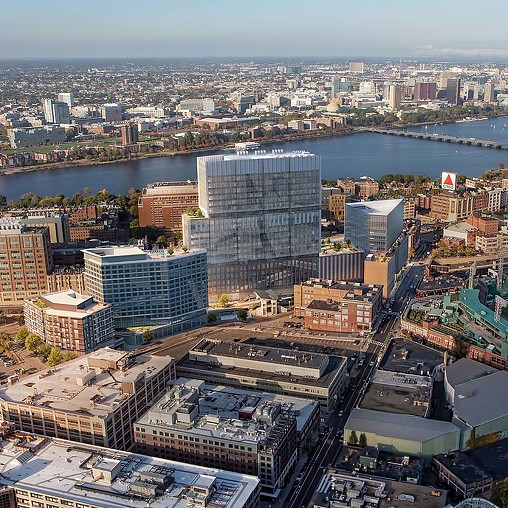
Fenway Center
Boston, Massachusetts
In partnership with Meredith Management and Creative Science Properties, Gensler is designing an air-rights development that will span Massachusetts Turnpike.
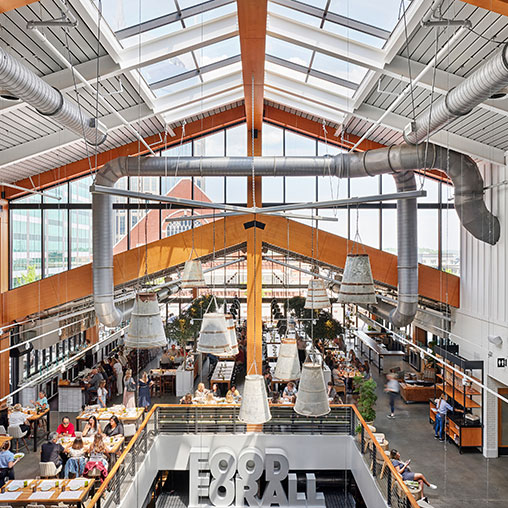
Sixty Vines at Assembly Food Hall
Nashville, Tennessee
An integral part of the Assembly Food Hall, Sixty Vines creates a sophisticated, bright, and airy atmosphere where guests can socialize, wine, and dine together.
INSIGHTS
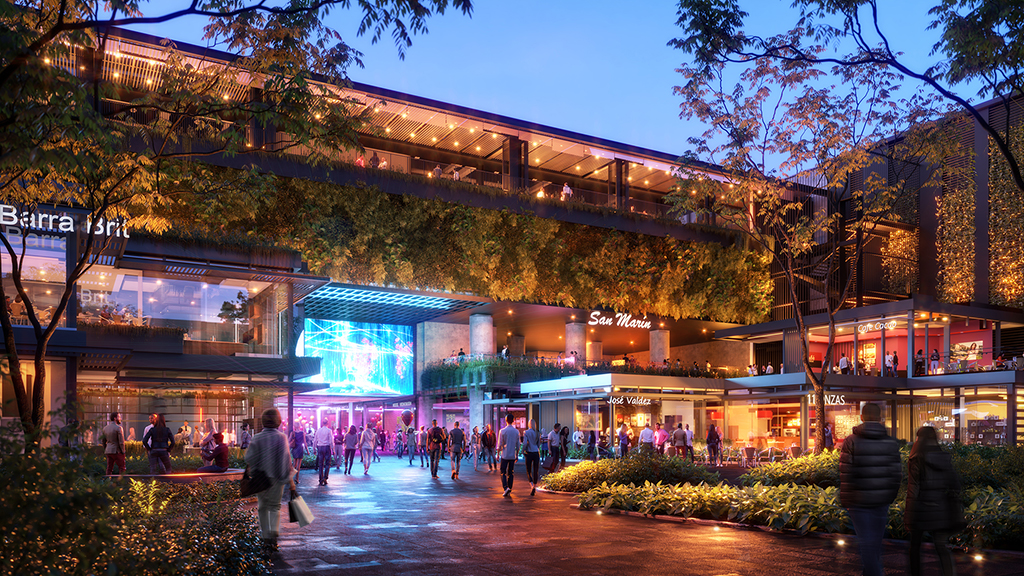
Blog
Latin American Malls: The New Town Square
Malls across Central and South America are layered, experience-rich destinations that bring people together.
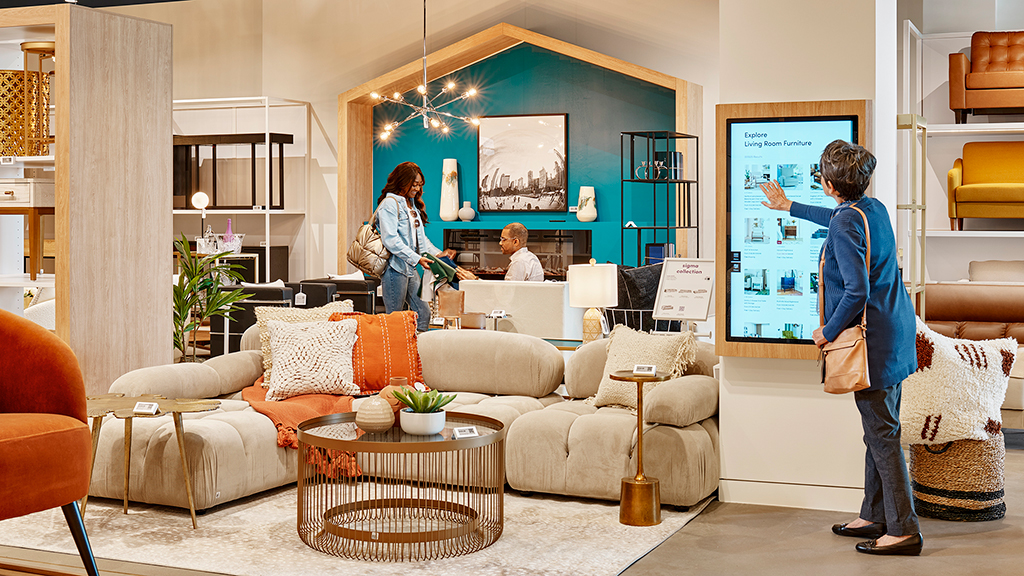
Blog
The Value of Time in Retail Environments
Time is a precious commodity, and brands that understand its value and choreograph both fast and slow retail experiences will thrive.
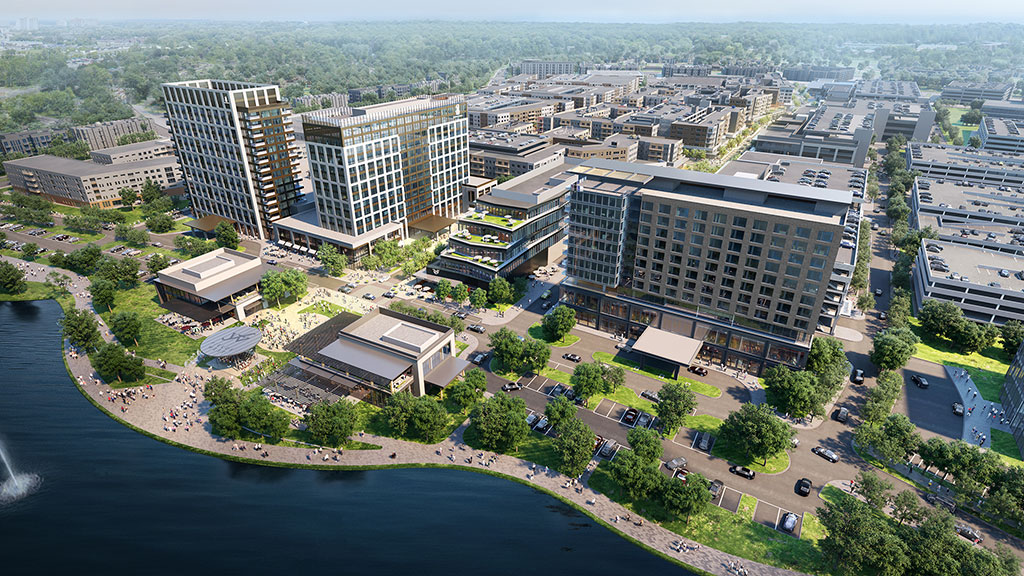
Blog
The Evolving Role of Hotels in Retail-Driven Mixed-Use Environments
Hotels within mixed use developments are becoming curated retail destinations and dynamic contributors to a vibrant urban experience.
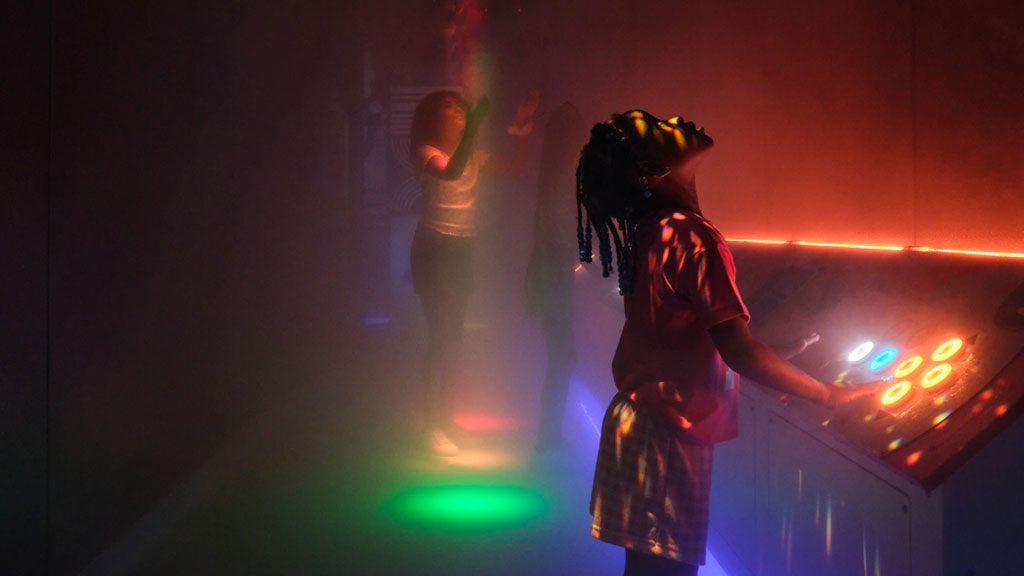
Blog
What Do Consumers Want? Gensler’s U.S. Consumer Experience Report Uncovers Key Insights
Gensler’s latest consumer research delves into how design can impact human experiences for the better.
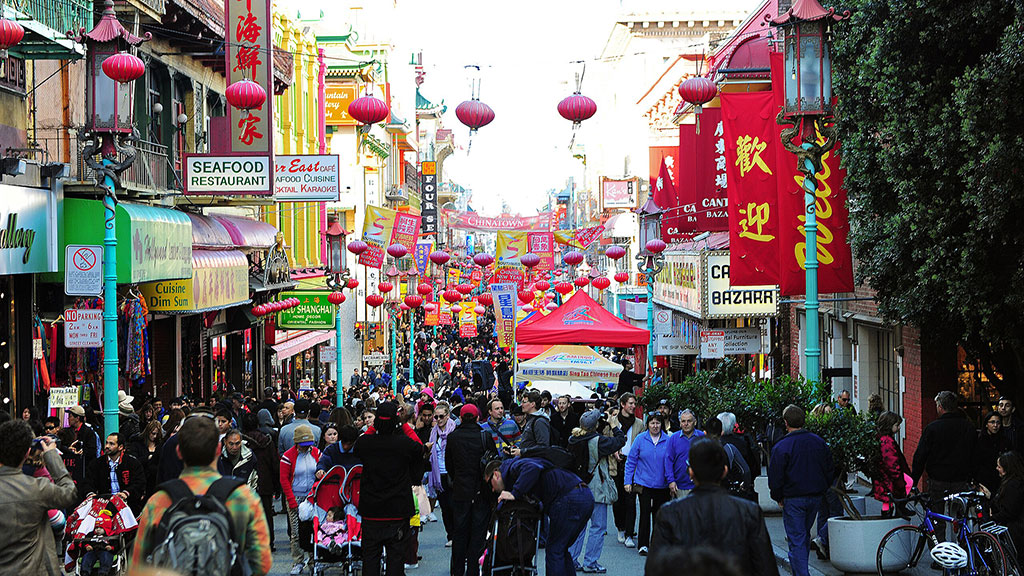
Blog
What Retail Can Learn From Chinatown: 3 Ways to Create Thriving Third Places
Looking towards San Francisco’s Chinatown as a case study, here are three key strategies to create a thriving third place.
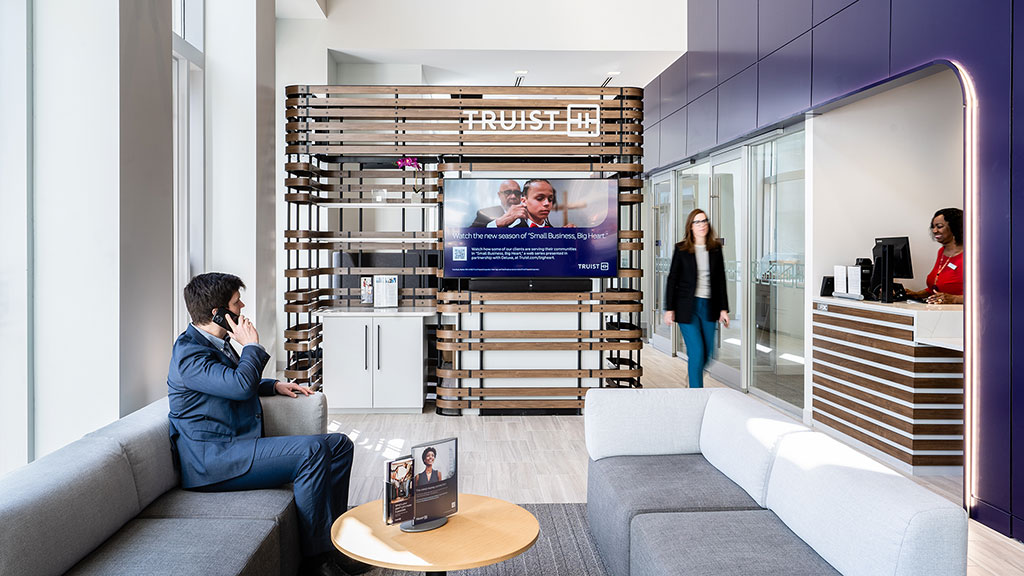
Blog
The New Era of Retail Banking Is Here
To stay relevant, banks must transform branches into spaces that go beyond transactions, creating experiences that resonate with a new generation of consumers.
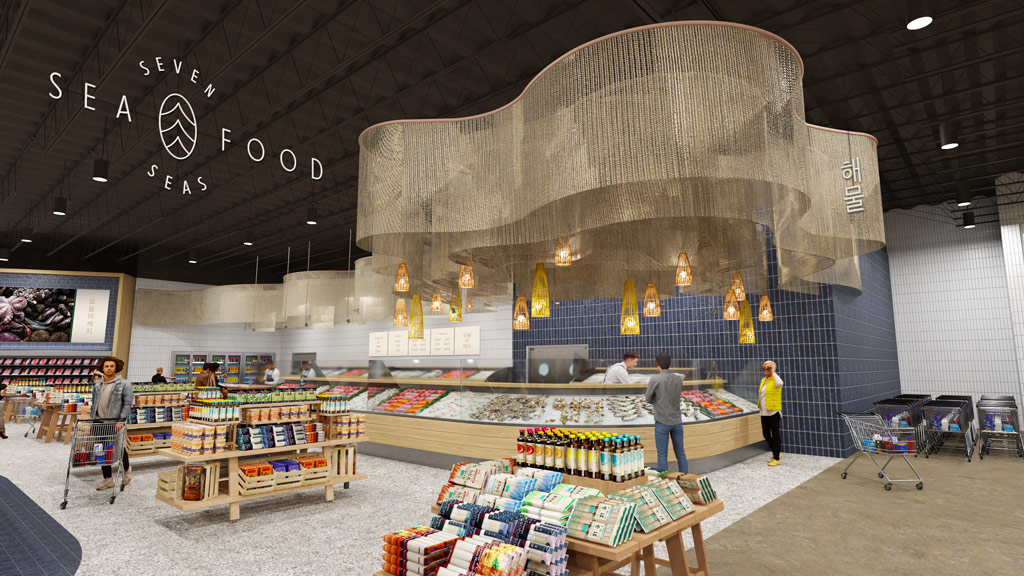
Blog
5 Design Considerations for Authentic Specialty Market Experiences
Though the retail and dining sector has struggled with pandemic recovery and rising costs, the specialty markets subcategory is thriving.
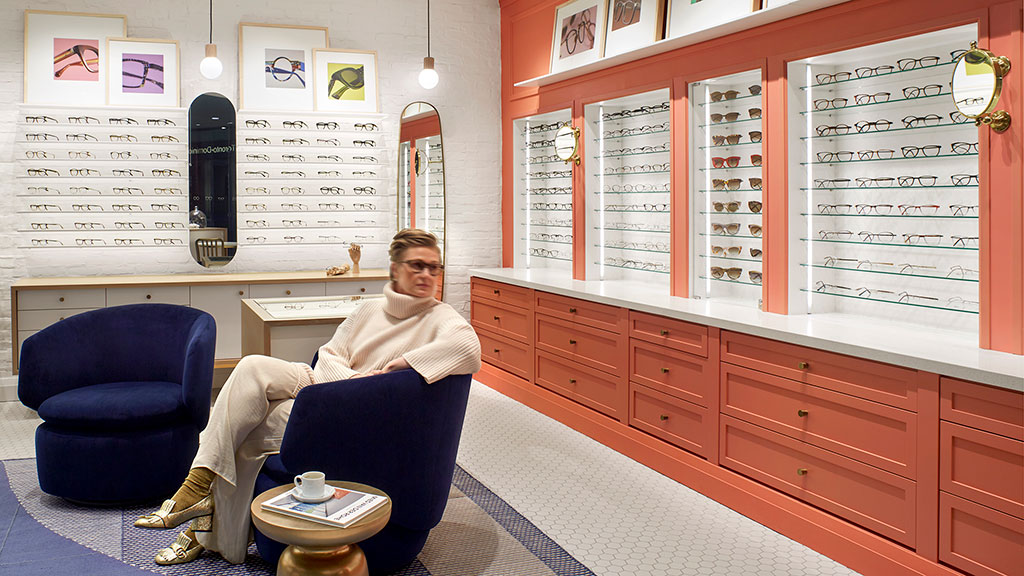
Blog
Avoiding Fear-Based Decision-Making to Foster Positive In-Store Retail Experiences
How deliberate design decisions can boost brand recognition and connect with customers.
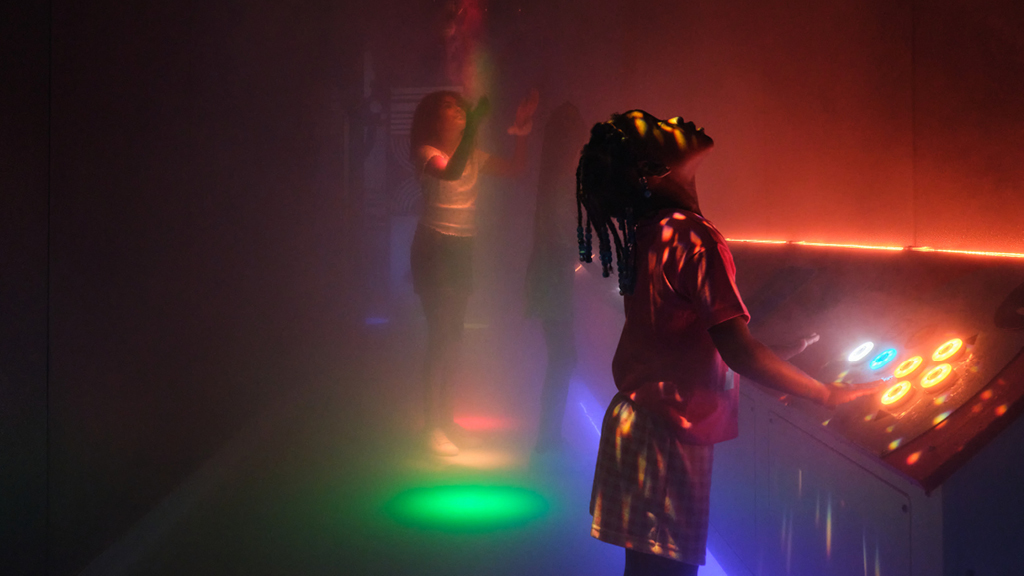
Research
U.S. Consumer Experience Report 2024
We integrated the perspectives of over 2,000 U.S.-based consumers with the latest thinking from our Design Leaders to gain fresh insights on what makes a great consumer experience worth it.
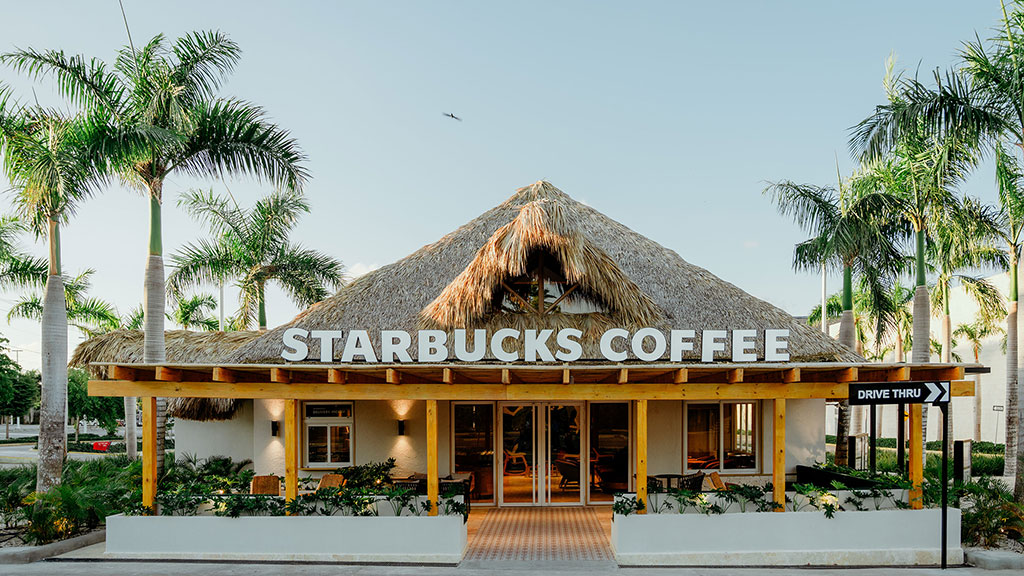
Blog
Trends Shaping the Future of Retail in Latin America
Embracing cultural identity, technology, and sustainability is key to engaging consumers in the region.
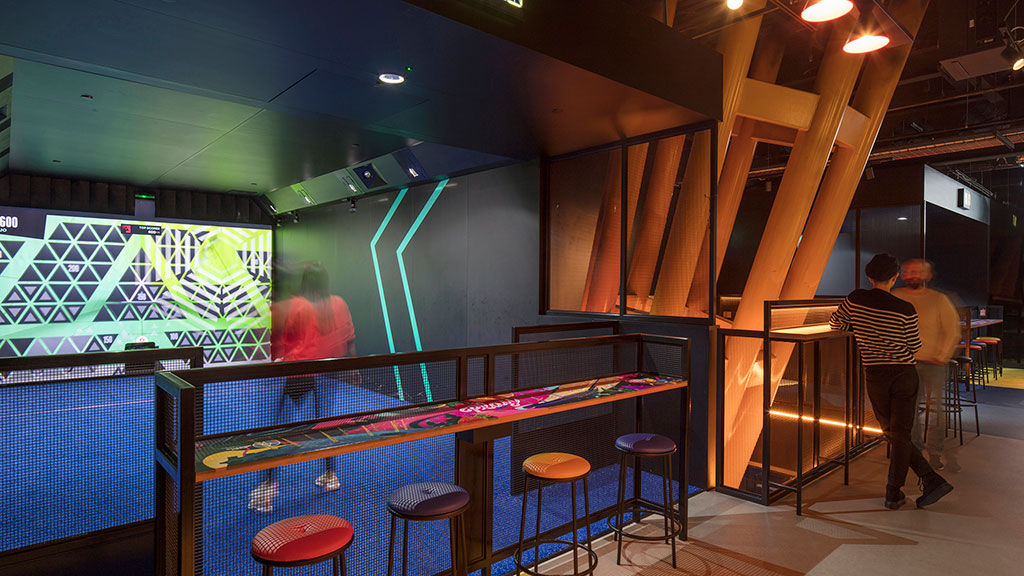
Blog
The Powerful Influence of Experience Design in Transforming Retail
The intersection of retail and experience design yields curated atmospheres that foster community connection and strengthen brand loyalty.
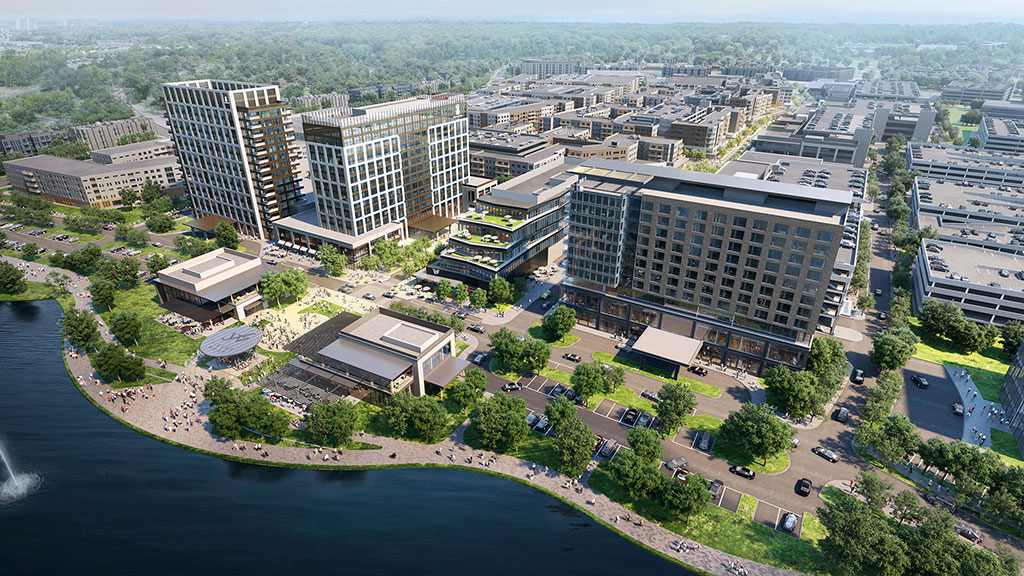
Blog
What Two Mixed-Use Districts Reveal About Successful Retail and Placemaking
Lessons from two mixed-use destinations in Texas reinforce the value of adaptability and careful placemaking for large, retail-centered developments.
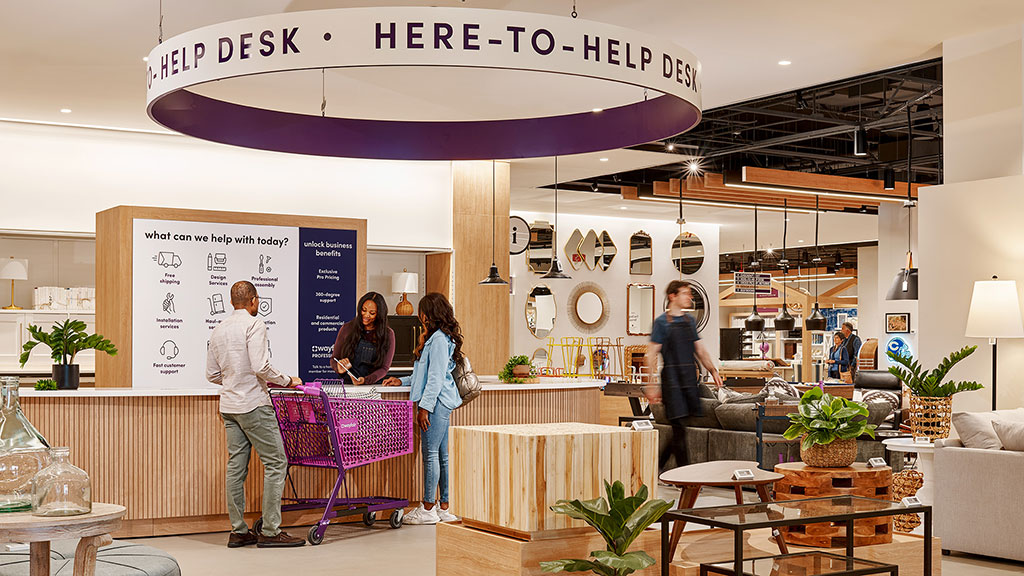
Blog
4 Considerations for Implementing a Better Self-Checkout Experience
When done right, self-checkout can improve efficiency without sacrificing experience.
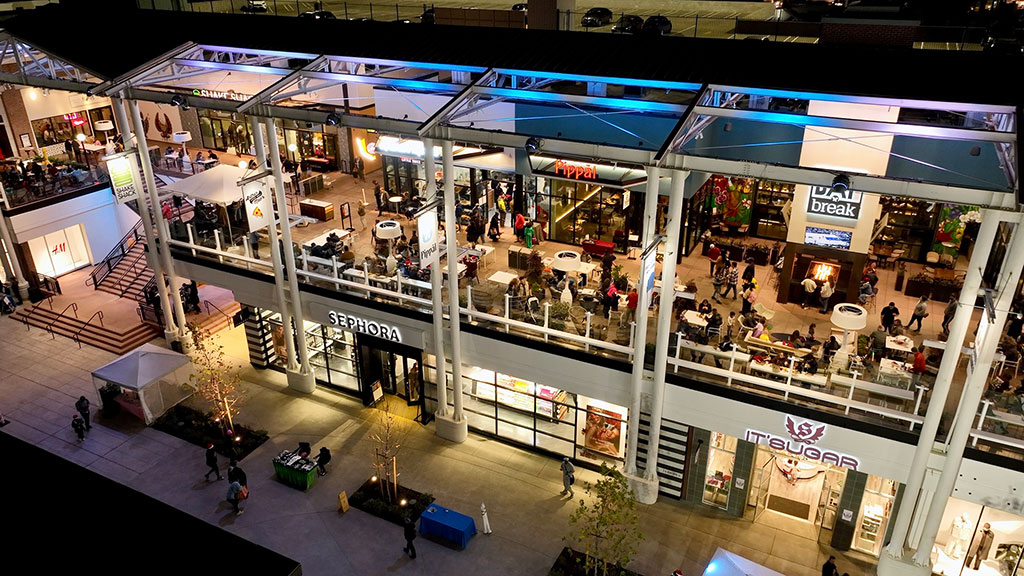
Blog
What’s the Recipe for Retail Success? Food
With a heightened consumer appetite for engaging social spaces, food and beverage are key ingredients for physical retail viability.

Blog
Retail Design for Better Consumer and Employee Experiences
The recent resurgence of in-person retail brings with it not only a new consumer experience, but an equal emphasis on a new employee experience.
Trends in Retail & Consumer Experience
Retail spaces become versatile and stage-like.
Modular designs and interchangeable elements will allow retailers to quickly reconfigure spaces to host different events and experiences and offer a sustainable way to meet changing consumer demand.
Brands become immersive, entertainment-driven destinations.
The shift toward experiences like wellness and entertainment will help brands foster deeper connections with consumers by promoting belonging and well-being over simple transactions.
Responsible consumption, renewal, and repair reach the mainstream.
More retailers will embrace sustainable, circular models of consumption by emphasizing value and longevity and offering things like in-store repair services for their products to reduce waste.
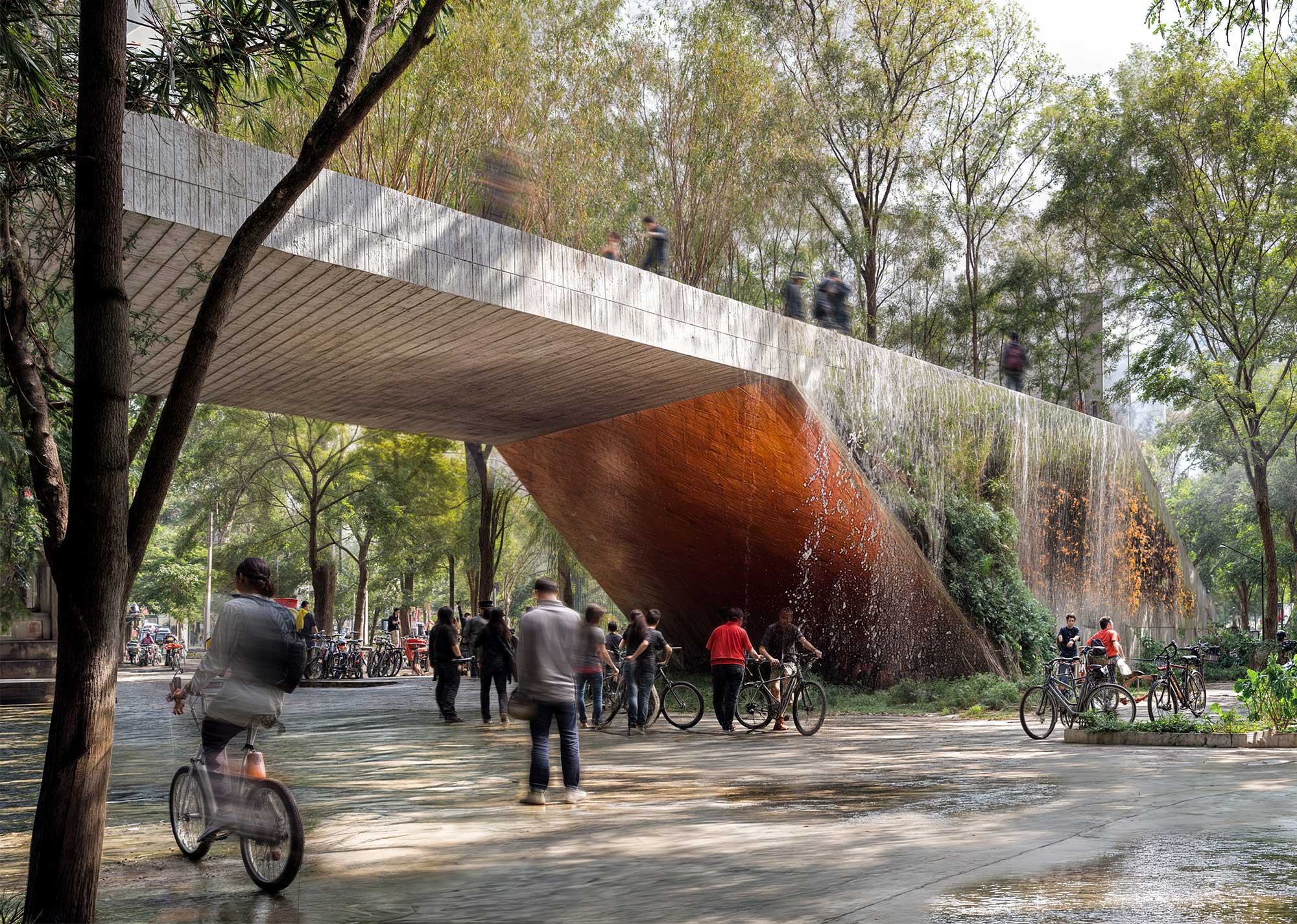
RETAIL & CONSUMER EXPERIENCE LEADERSHIP

Michael Gatti
Retail & Consumer Experience Leader, Principal
Michael Gatti is a Global Retail & Consumer Experience Leader and Principal based in Gensler’s New York office.
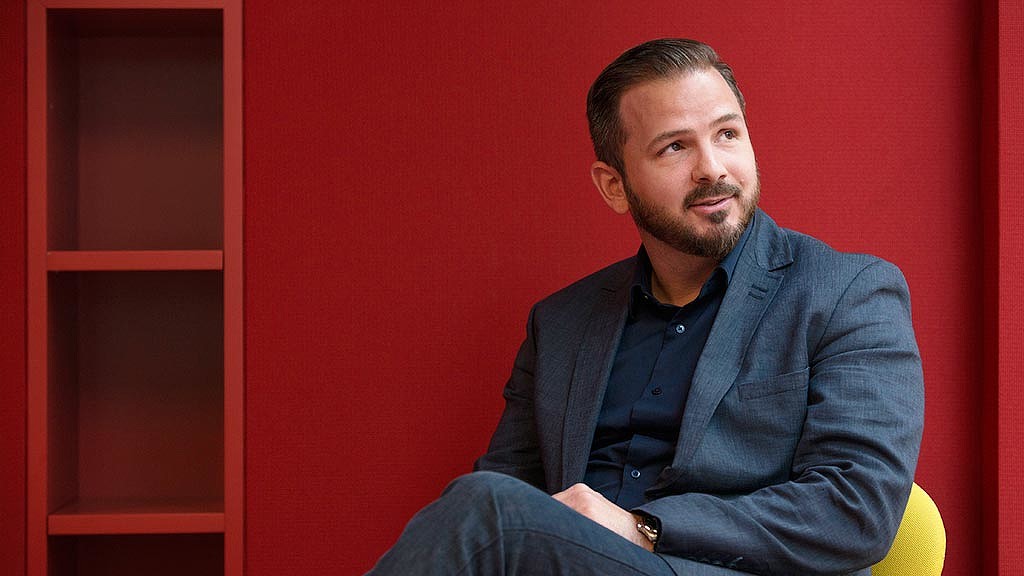
Aaron Birney
Retail & Consumer Experience Leader, Design Director, Principal
Aaron Birney is the Global Retail & Consumer Experience Leader and Design Director based in Gensler’s Los Angeles office.

Lara Marrero
Strategy Director, Retail Leader, Practice Area Community Leader, Principal
Lara Marrero is a Strategy Director, Retail Leader, and Practice Area Community Leader for Gensler’s Europe region with over 20 years of experience across retail, brand, hospitality, and entertainment.
NEWS
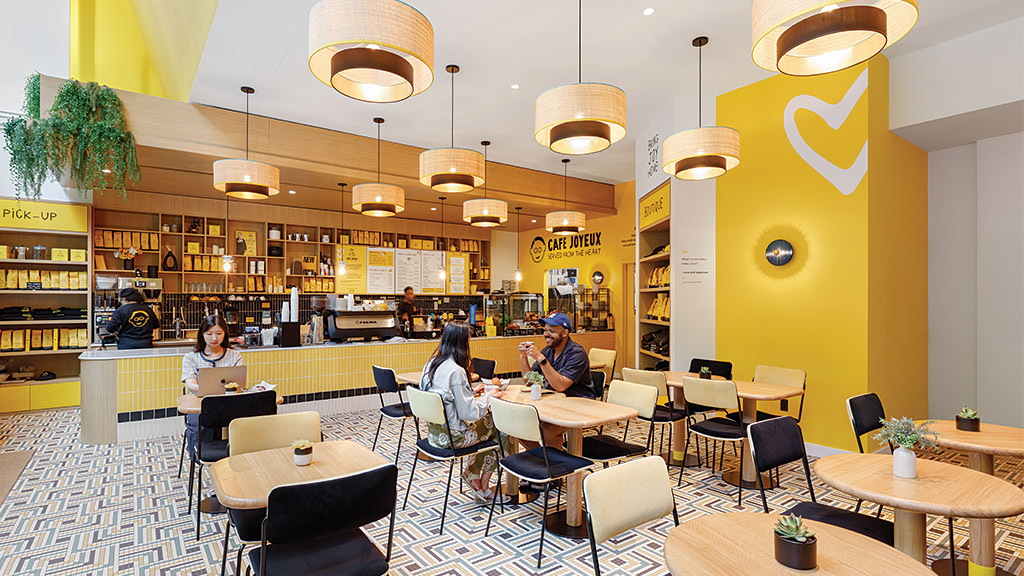
In The Media
![]() Authority Magazine
Authority Magazine
The Importance of Making In-Store Experiences Feel Personal in Order to Create Trust and Stand Out
Gensler Retail & Consumer Experiences Studio Director Tyler Winograd discussed his work partnering with clients to reach their goals through “far-reaching projects that put them in the driver’s seat of radical change.”
April 21, 2025
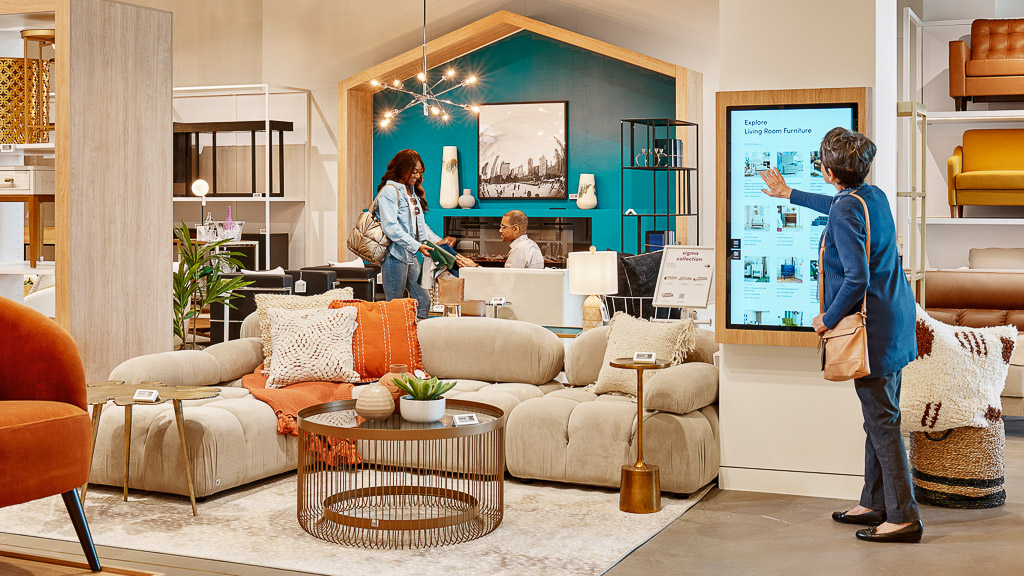
In The Media
![]() Shop!
Shop!
Shop! Design Awards Named Wayfair Chicago Store As the 2025 Store of the Year
The Gensler-designed retail space was also awarded Gold in the category for new or remodeled specialty stores over 25,000 square feet.
April 17, 2025
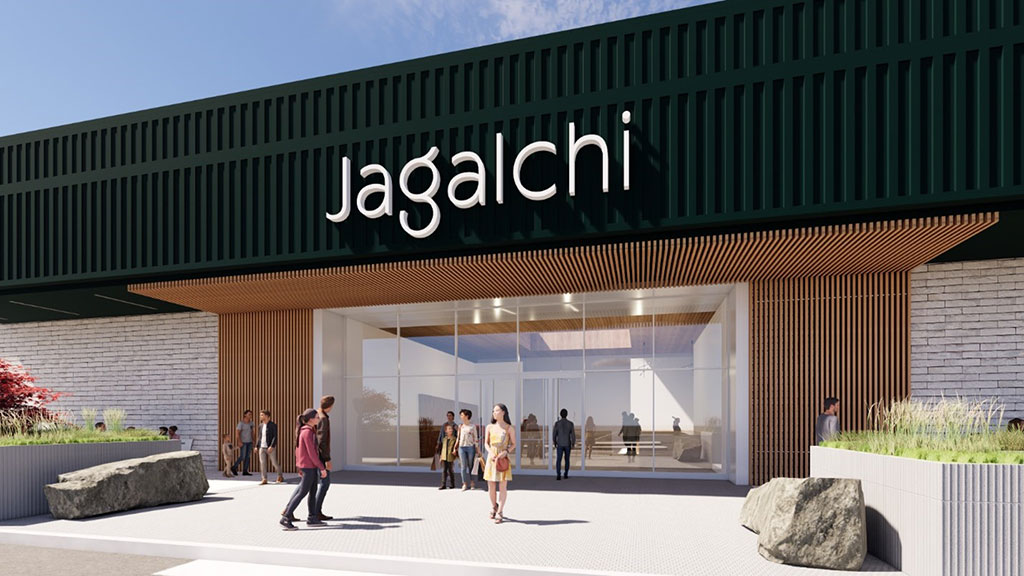
In The Media
![]() San Francisco Chronicle
San Francisco Chronicle
San Francisco Chronicle Featured Jagalchi, a New Korean Food Complex in the Bay Area
Designed by Gensler, the 75,000-square-foot complex houses a grocery store with a “dizzying array of Korean products,” as well as a restaurant, two bars, bakery, butcher, seafood counter, and prepared foods section.
March 27, 2025
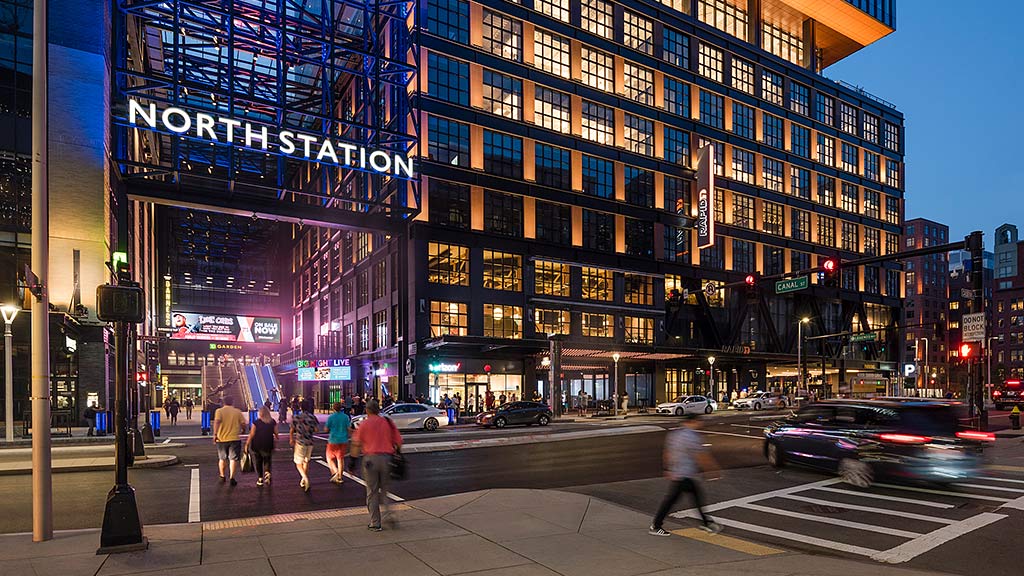
In The Media
![]() CNN Business
CNN Business
CNN Business Spotlights Gensler’s Vision for Reinventing Malls to Meet Gen Z’s Retail Expectations
The feature explores the reinvention of malls, with Gensler’s David Glover sharing insights on Gen Z’s demand for experiential retail and design trends.
February 21, 2025

In The Media
![]() Retail Touchpoints
Retail Touchpoints
How Malls and Retail Centers Are Transforming To Find New Relevance
Gensler Studio Director Tyler Winograd noted that Gen Z and Gen Alpha may begin their shopping online but they still demonstrate a “desire to experience those digital connections ‘IRL.’”
January 08, 2025

In The Media
![]() Rethink Retail
Rethink Retail
Rethink Retail Recognized Retail & Consumer Experience Leader Lara Marrero as a Top Retail Expert for 2025
The distinction honors professionals who are shaping the future of retail and driving meaningful change across the industry.
January 06, 2025
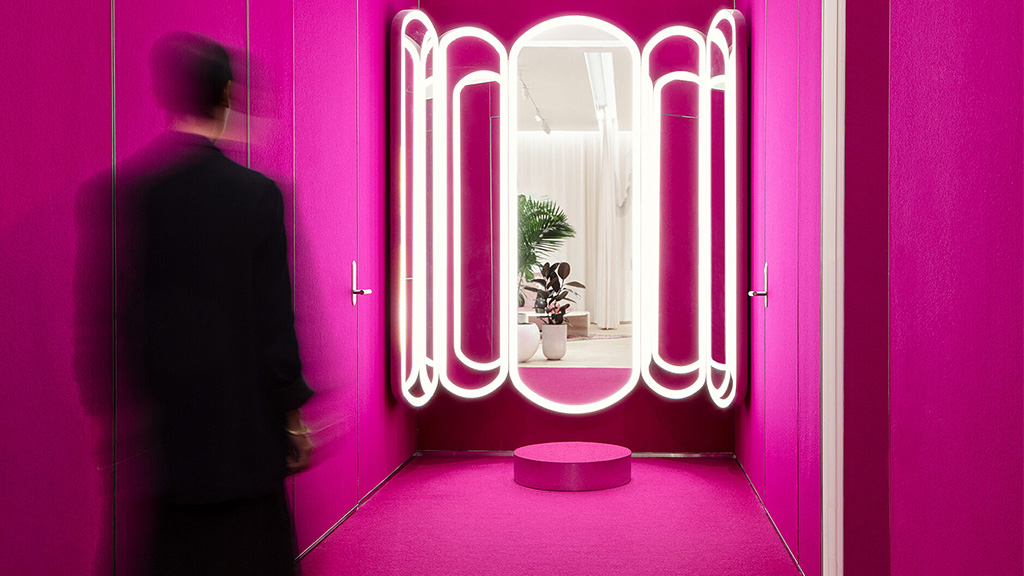
In The Media
![]() Retail Insider
Retail Insider
Why In-Store Retail Spaces Must Be a Reflection of a Brand’s Uniqueness
Retail Insider published insights from Gensler Design Director Andrew Gallici on how a strategic design approach prioritizes the curation of retail space into digestible vignettes to lead the customer journey.
December 02, 2024
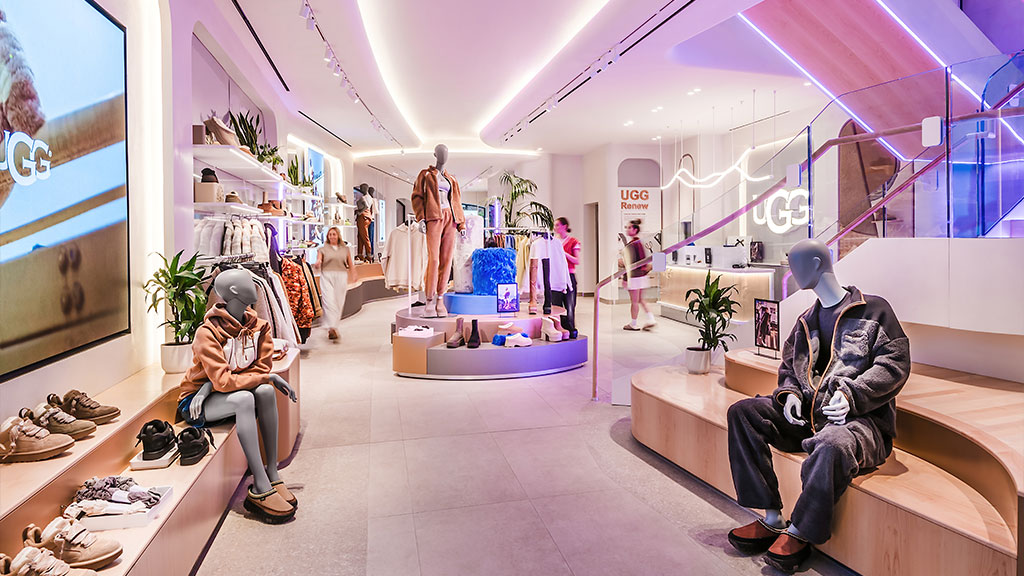
In The Media
![]() Design Insider
Design Insider
Design Insider Covered the New Gensler-Designed UGG Flagship Store in Knightsbridge
UGG’s new flagship store in Knightsbridge, London elevates the global fashion lifestyle brand “with purpose at the forefront.”
October 22, 2024
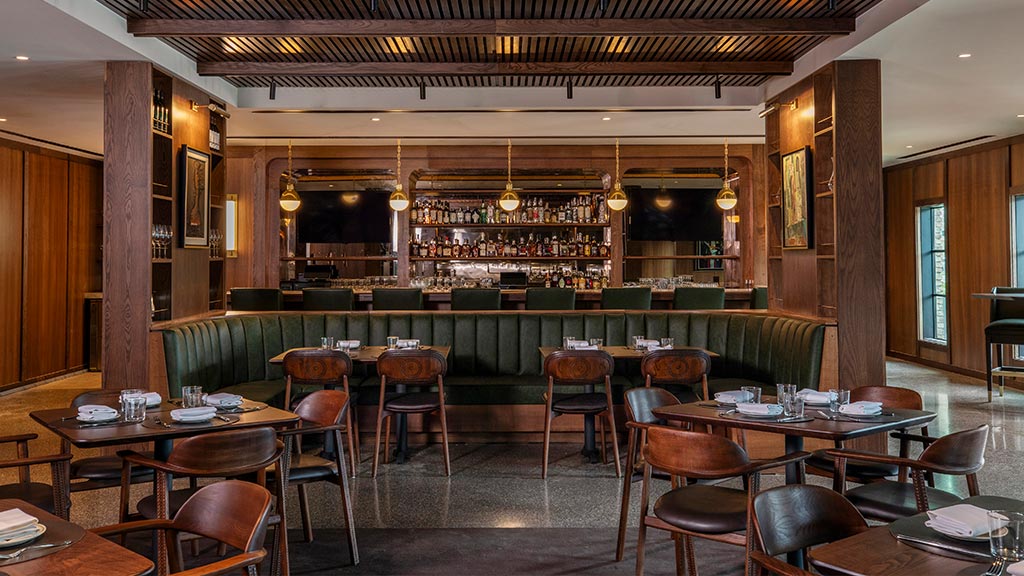
In The Media
![]() AN Interior
AN Interior
AN Interior Featured the New Gensler-Designed Bar Bludorn
Bar Bludorn in Houston puts “an upscale twist on taverns” with a luxe restaurant design that’s “geographically contextual.”
September 15, 2024

In The Media
![]() Disrupt Mag
Disrupt Mag
Disrupt Mag Interviewed Gensler Retail Leader Lara Marrero About Her Perspective on the Future of Retail
Lara Marrero discussed the importance of human-centered design, why good design is good business, and why “we learn so much more from our failures than from our successes.”
September 05, 2024

In The Media
![]() The Architect’s Newspaper
The Architect’s Newspaper
Gensler and Maison Sarah Lavoine Translated Café Joyeux’s Social Mission Into an NYC Eatery
Featuring an inviting and colorful design, Café Joyeux provides job opportunities for individuals with intellectual and developmental disabilities.
August 20, 2024
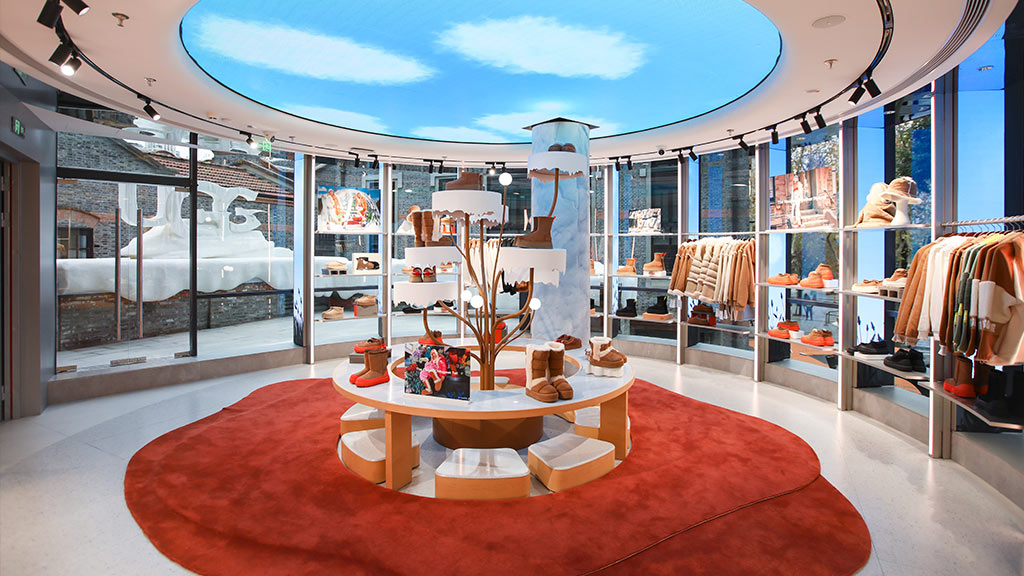
In The Media
![]() VMSD
VMSD
VMSD Spotlighted Gensler’s Design of the First UGG Flagship Store in China
Retail Leader Richard Chang discussed how the Shanghai store “brings consumers a shopping environment [that] immerses [them] in the brand’s story and culture.”
August 03, 2024

In The Media
![]() Fast Company
Fast Company
Fast Company Toured Wayfair’s First Large-Format Brick-and-Mortar Store in Chicago
The article explores the store design strategy which features a central town hall concept with 19 unique “neighborhoods” that allow visitors to choose their own adventure.
July 08, 2024
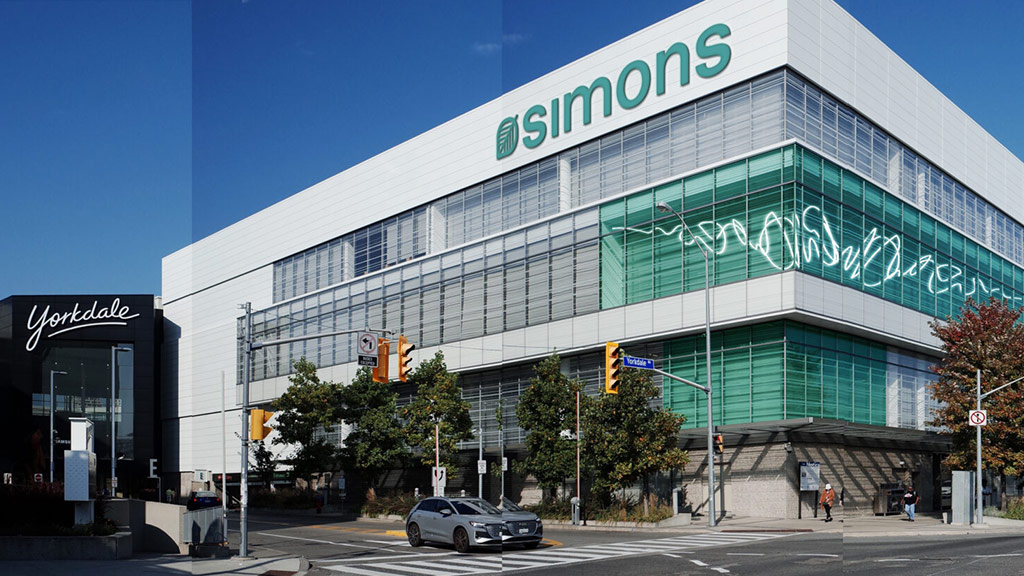
In The Media
![]() Retail Insider
Retail Insider
Gensler Will Be Designing La Maison Simons’ First Store in Downtown Toronto
The Montreal-based retailer is expanding its presence in Ontario with a 110,000-square-foot space in North America’s top-performing mall.
June 06, 2024

In The Media
![]() Design:Retail
Design:Retail
Retail Touchpoints and Design:Retail Recognized Gensler’s Jessica Albrecht as a 2024 40 Under 40 Winner
The awards honor emerging leaders for their business impact and overall contributions to the retail industry.
June 03, 2024